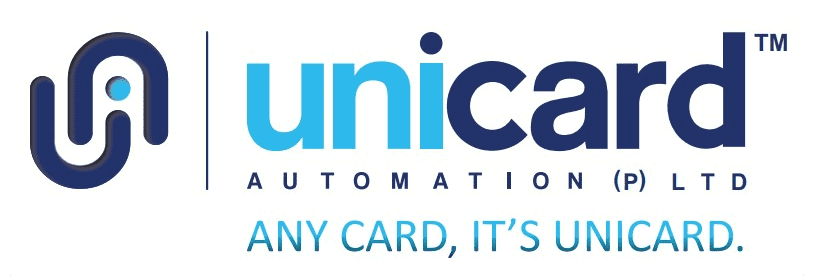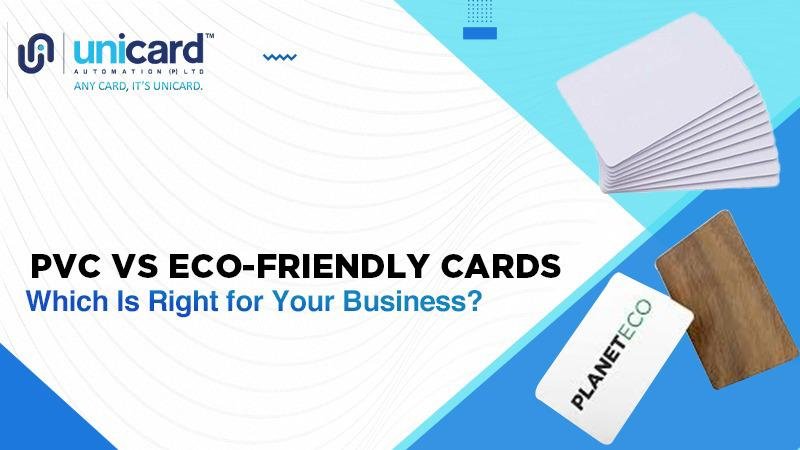When it comes to ID cards, gift cards, or membership cards, businesses have long relied on PVC. It’s durable, cost-effective, and delivers excellent print quality. But with sustainability becoming increasingly important, many organizations are exploring eco-friendly alternatives. This guide compares PVC and sustainable card materials to help you choose the best option for your business and the environment.
What is PVC?
Polyvinyl chloride, or PVC, is a type of plastic polymer that has been the industry standard for card manufacturing for decades. From credit cards and driver’s licenses to hotel key cards and employee IDs, PVC is everywhere. Its popularity comes from several key advantages:
Pros of PVC Cards
- Durability: PVC is highly resistant to water, bending, and everyday wear, making it perfect for frequently used cards.
- Cost-Effectiveness: It’s inexpensive to produce, which allows businesses to print cards in bulk without breaking the budget.
- Print Quality: Its smooth, non-porous surface ensures crisp text and vibrant, full-color images.
Cons of PVC Cards
- Environmental Impact: PVC is not biodegradable and can remain in landfills for hundreds of years. Its production also releases harmful chemicals, contributing to pollution.
- Sustainability Concerns: As consumers and businesses become more eco-conscious, PVC’s environmental footprint is increasingly seen as a drawback.
What Are Eco-Friendly Card Materials?
Eco-friendly card materials are designed to reduce environmental impact. They often use renewable resources or recycled content, offering a greener alternative to PVC.
Pros of Eco-Friendly Cards
- Lower Environmental Footprint: Materials like recycled paper, wood, and bioplastics biodegrade more easily or are recyclable, reducing landfill waste.
- Renewable Resources: Options like wood or PLA (bioplastic derived from corn starch) come from renewable sources, supporting long-term sustainability goals.
Cons of Eco-Friendly Cards
- Higher Cost: Sustainable materials may be more expensive to produce than PVC.
- Durability: Some eco-friendly options aren’t as resistant to water or bending as PVC, which could mean more frequent replacement.
Real-World Applications
Many forward-thinking companies are already embracing sustainable cards:
- Boutique hotels use wooden key cards to enhance rustic, eco-luxe branding.
- Retailers offer gift cards made from recycled paper or PLA to appeal to environmentally conscious shoppers.
Switching to sustainable cards not only reduces your carbon footprint but also strengthens your brand image by aligning with modern consumer values.
Making the Sustainable Choice
Choosing between PVC and eco-friendly cards is a balance between durability, cost, and environmental responsibility. PVC remains the go-to choice for its resilience and affordability, but sustainable alternatives provide a meaningful way to demonstrate your commitment to the planet.
With advanced card printing and management solutions from Unicard Automation, integrating eco-friendly materials into your workflow has never been easier. By making the switch, your business can embrace sustainability while delivering high-quality cards that meet operational needs.





